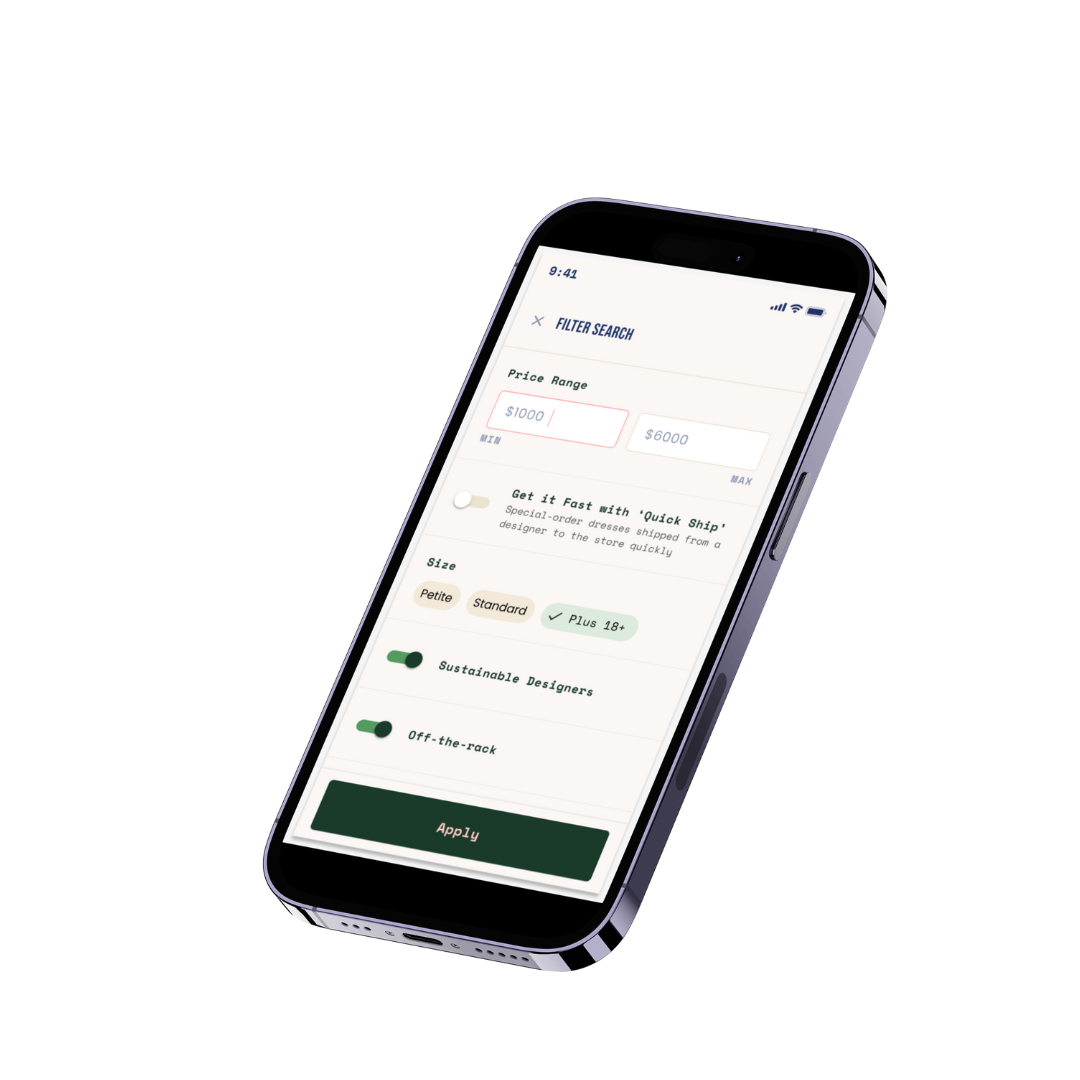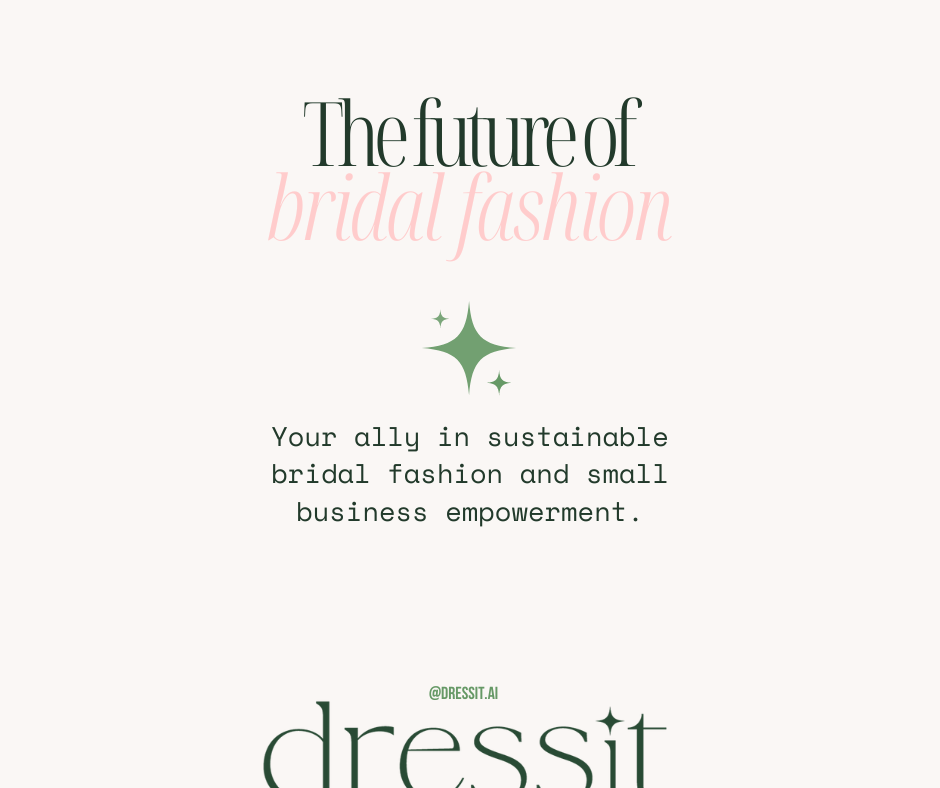Navigating the Blue Ocean: How wedding tech startup Dressit is Bridging the Gap in the Bridal Industry
If you ever get the chance to hit Flamenco Beach in Culebra, I highly recommend it.
"You're not crazy, you're just first."
I'd been jumping in and out of the book "Worthy" for weeks. On a recent trip, coincidentally to a blue ocean location, I decided to carve out some serious reading time and randomly opened the book to page 75. The chapter title was "You're not crazy, you're just first." It hit me like a ton of bricks. It was as if the world paused and said, "Becca, you're on the right track. Just keep swimming." I always look for these signs and believe they mean something.
I joke with my family that I play these mini-games with myself to validate happiness and success. It's weird. I'm weird. Does anyone else make up these little challenges? Like if I make this Subway wrapper in the trash can from 10 feet away, then my kid is going to have a good game? Or if I get my Wordle guess right in three tries, Dressit will succeed. Well, I've done that Dressit one twice in a week now with the same Wordle bet, and I've won. Maybe I'm good at Wordle, or perhaps I am actually "first."
The blue ocean strategy
I follow an inspiring female entrepreneur named Nomiki from PDS Labs. She shares excellent content supporting non-technical female founders like me (though I may be the only former bridal boutique owner familiar with Firebase). Recently, I joined her accelerator program as a founding member, which connects people with ideas (like me!), to those who can make them happen. One of her posts explained the concepts of the blue ocean, red ocean, and purple ocean in startups. The blue ocean, a term by W. Chan Kim and Renée Mauborgne, refers to untapped market spaces where the market is not yet defined. In simpler terms, it's about finding a unique niche in the market. After watching her explanation multiple times, I realized Dressit was in the blue ocean. This was the first time I heard about the Blue Ocean Strategy. To give you some context, Blue Ocean companies include Uber, iTunes, Stitch Fix, and Meta. Nomiki's insights resonated with me so much that I'm writing about it now. It tied back to that chapter in "Worthy" about being crazy or being first.
The Consequences of Going Direct-to-Consumer (DTC)
Over the past 5-7 years, I've seen a massive decline in special order bridesmaid sales from bridal boutiques. Brands like Dessy and Bill Levkoff, leaders in the space, tried hybrid, affiliate, and direct-to-consumer models, confusing consumers and frustrating boutique owners. Eventually eliminating a solid revenue stream for many bridal boutiques. Alfred Angelo's direct approach ended in disaster. I was an authorized retailer for all three companies and successfully pivoted during those times.
However, not all brands’ future strategies are to bypass boutiques. 70-year industry-native, Morilee, places significant value on the importance of partnerships with their retailers,
I listened to a recent podcast on Glossy with Terri Eagle, the CEO of Morilee. It was insightful and boutique-focused, which is refreshing in today's landscape. They were one of my most trusted designers for wedding dresses and bridesmaids! While they have recently said goodbye to their long-time lead designer, Madeline Gardner, Terri shared excitement over their partnership with four recent young design graduates from FIT - the Fashion Institute of Technology in New York City.
When bridal brands bypass boutiques, the consequences are severe.
Loss of Personalized Experience: Bridal boutiques offer a unique, personalized shopping experience that online stores cannot replicate. Brides lose the chance to try on multiple dresses in a supportive environment, guided by knowledgeable consultants.
Diminished Local Expertise: Boutiques bring local market knowledge and expertise. With them, brides can benefit from tailored advice that fits their specific needs and preferences.
Economic Impact on Small Businesses: Boutiques are often small, local businesses. Cutting them out harms local economies and reduces the diversity and vibrancy of the bridal industry.
Increased Confusion and Frustration: Direct-to-consumer models can confuse brides with inconsistent pricing, sizing issues, and a lack of real-life dress feedback.
As we scroll through our social feeds and see all these Amazon Prime Days’ deals (I'm not a fan of Amazon, by the way), it's evident that the 'Amazon mentality' presents a real challenge for the special-order wedding industry. Terri also discusses Morilee's approach to addressing this challenge by offering quick-ship dresses (a feature we have for boutiques in our MVP!). "They see it, they want it, and they're accustomed to this in their everyday shopping habits, she states." This mindset, which emphasizes low prices and convenience, has resulted in brides over-shopping and constantly searching for the best deal. The belief that a better price is always out there if they keep searching has disrupted the traditional bridal shopping experience and that's where Dressit is stepping in to help.
A Vision for the Future
We talked to over 70 bridal store owners at the Chicago bridal market, and here's what we learned:
Content is king.
Brides like to go on the hunt for deals.
Moms have a big influence on decision-making and the number of appointments made.
Brides want transparent pricing and stores that are using this approach are winning.
Ad spend is difficult to track ROI, but retailers feel it's necessary.
Retailers are drowning in dresses from designer minimums.
The threats of increasing fake imagery are on the rise. With technological advances, differentiating fake from real will only become more challenging. Increased "fake" stores with cheap prices are what we are up against.
Dressit aims to help bridal shops by connecting brides' online browsing to physical stores and leveraging the power of data and partnerships with designers. The goal is also to solve the problem of excess inventory and better meet the needs of brides. Dressit is committed to creating a transparent and supportive system for brides, boutiques, and designers to future-proof the industry and support small businesses. There's no blueprint for what I am building. But I'm ready for this adventure into the blue ocean, determined to make a difference.
Stay tuned for more insights into how we are addressing the wedding dress lifecycle.-Becca






